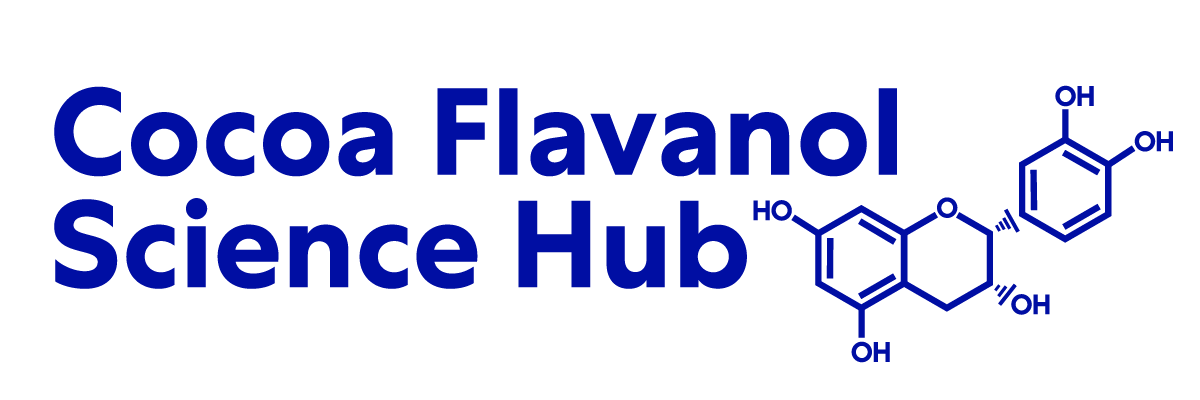Selective removal of the violet color produced by anthocyanins in procyanidin-rich unfermented cocoa extracts.
Cacao (Theobroma cacao L.) is rich in procyanidins, a large portion of which degrades during the natural fermentation process of producing cocoa powder. Recent advances in technology have enabled scientists to produce unfermented cocoa powder, preserving the original profile of procyanidins present in cocoa and allowing for the development of highly concentrated procyanidin-rich extracts. During this process, the anthocyanins naturally present in unfermented cocoa remain intact, producing a violet color in the final extract. The objective of this study was to selectively remove the violet color in procyanidin-rich extracts produced from unfermented cocoa powder, while maintaining the stability and composition of procyanidins present in the matrix. Several processing parameters, including pH fluctuations, enzymatic treatments, and the addition of potassium meta-bisulfite, were explored to influence the color of procyanidin-rich extracts throughout a 60-d shelf life study. The addition of potassium meta-bisulfite (500 ppm) was found to be the most effective means of removing the violet color present in the treated extracts (L*= 71.39, a*= 8.44, b*= 9.61, chroma = 12.79, and hue = 48.8˚) as compared to the control (L*= 52.84, a*= 11.08, b*= 2.24, chroma = 11.28, and hue = 11.4˚). The use of potassium meta-bisulfite at all treatment levels (200, 500, and 1000 ppm) did not show any significant detrimental effects on the stability, composition, or amount of procyanidins present in the extracts over the shelf life period as monitored by UV-Vis spectrophotometry and HPLC-MS. This research will enable the food industry to incorporate highly concentrated procyanidin-rich extracts in food products without influencing the color of the final product.
See the Full Study > (opens in a new tab)









